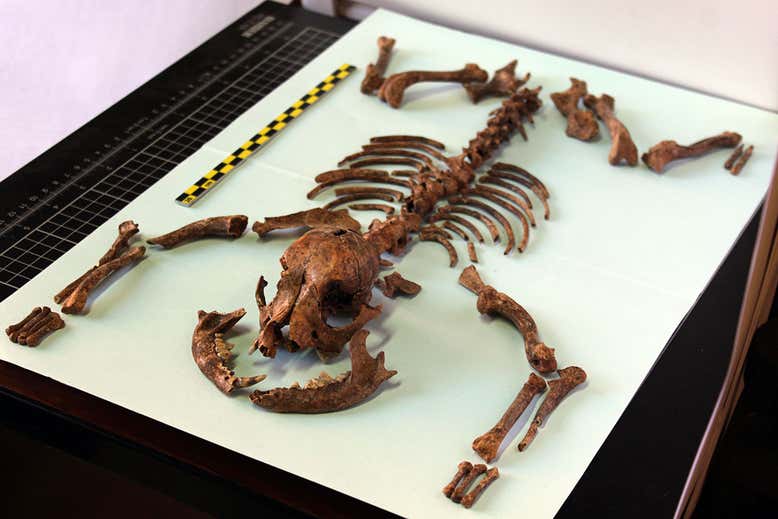New Scientist
Image: Martin Sánchez et al
An archaeological excavation in southern Spain has uncovered the 2000-year-old remains of a lapdog that may have been born thousands of kilometres to the east, a discovery that hints at a long-distance trade in lapdogs across the Roman world.
The first domestic dogs resembled wolves and may have been used for hunting. But by the time the Roman Empire emerged, selective breeding in Europe and Asia had begun to produce dogs in all manner of shapes and sizes – including tiny dogs that may have been similar in appearance to modern Pomeranians. Read more on newscientist.com…








